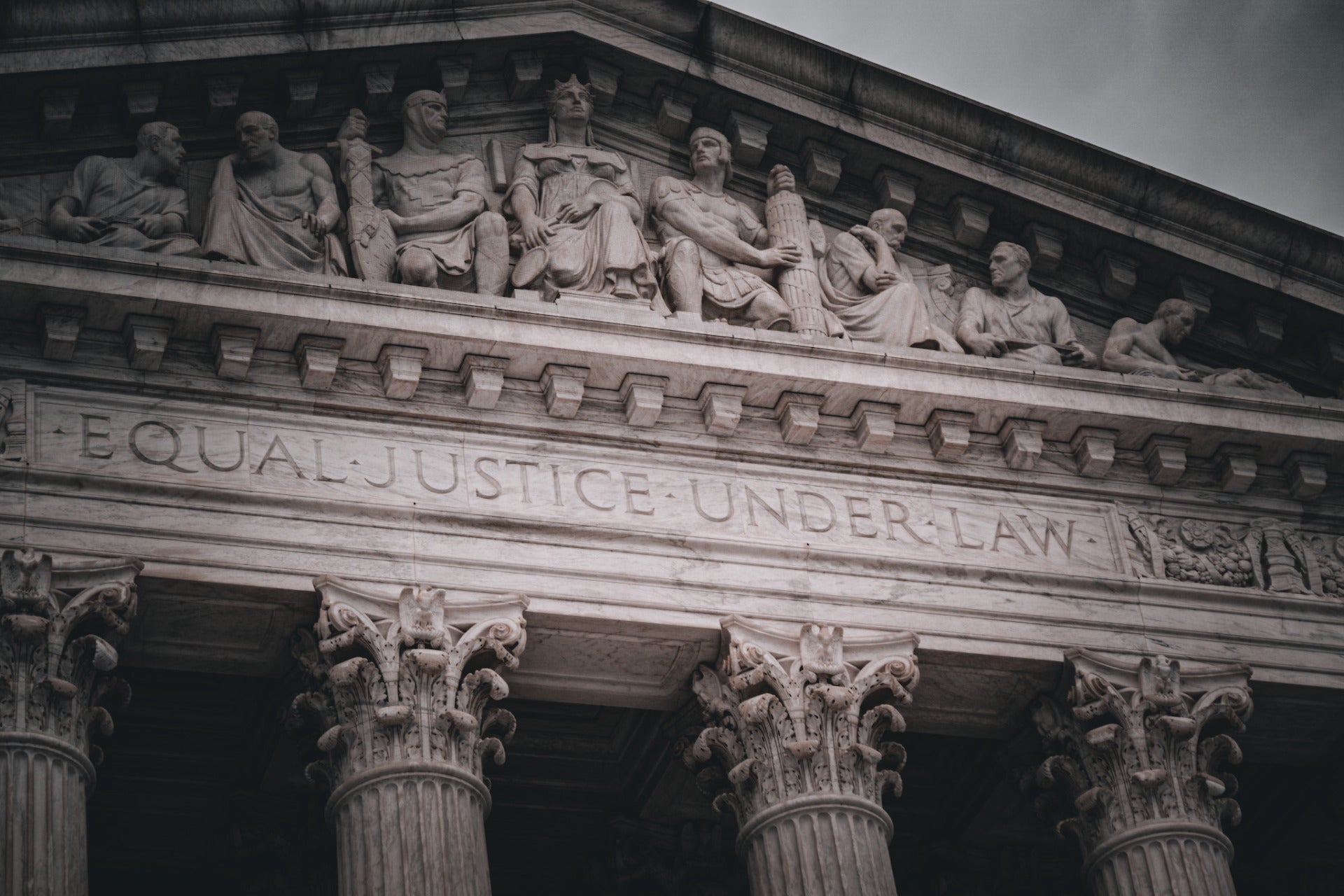Above, watch the full conversation on public opinion on opportunity in America.
Despite perceptions that certain minority groups make up the majority of Americans living in poverty, 2012 US Census data shows the opposite to be true. Of the 46.5 million Americans living in poverty, 18.9 million are white; 13.6 million are Hispanic; and 10.9 million are African American. Addressing these misconceptions about race and poverty is important in tackling the issue, said Alan Jenkins, executive director of the Opportunity Agenda. At a recent public opinion survey on the perception of poverty and low-income Americans, and an analysis report from The Opportunity Agenda, Jenkins made his case for why including race in discussions about poverty is important.
Watch the video clips below to get more insight into why race is an integral part of the conversation on poverty.
1. Racial stereotypes change people’s perceptions of the poverty problem in America.
“Many issues, particularly poverty, are in many people’s minds a black and brown problem – even though African Americans have never been a majority of poor people and they still aren’t.”
2. Support for finding solutions for problems facing African Americans is lower than the support for other groups.
“The ‘blacker’ people think the problem is, the less likely they are to support the solution.”
3. Support for poverty discussions varies by group.
“We see that different demographic groups support solutions and understand the problem differently.”

4. Avoiding discussions about race only prolongs subconscious stereotypes about poverty, race, ethnicity, and gender
“People’s subconscious stereotypes [about poverty, race, ethnicity, gender, and their intersection] are much more negative and harmful than their positive conscious values. The dialogue that is taking place subconsciously tends to be negative and [erodes the] support for addressing poverty.”

